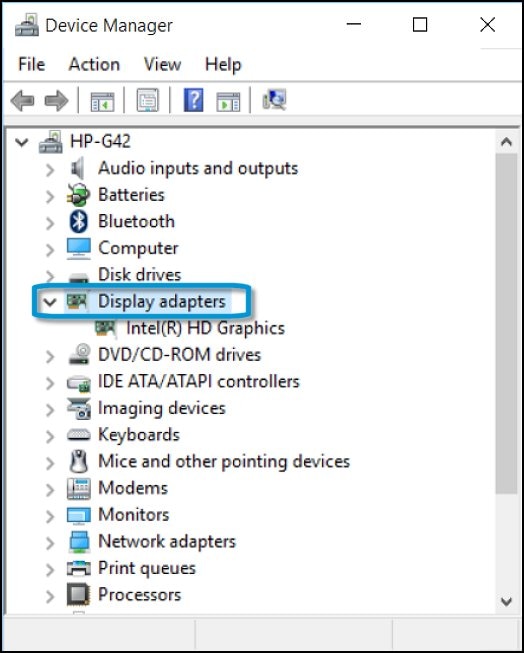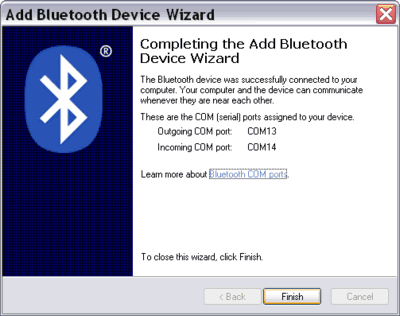Generic External Usb Device Driver Windows 7


I upgraded from Vista Home Premium SP2 (32Bit) to Windows 7 Home Premium (32Bit) and after the upgrade my external usb hard drive can not be seen. The system notices it when it is plugged in and/or powered on but does not show it under My Computer or any other drive display option. I have seen other posts about this all without a solution- could I have missed the solution - if so please forgive this posting and please point me in the right direction. If there hasn't been a solution posted and you know how to solve this issue I am very interested. The Windows 7 Hardware Compatibility indicates this drive is supported and the upgrade advisor did not object to it.
Solved Generic Void Usb Device. It shows up in device manager as Generic Void Disk USB Device. If another external drive works fine, then the USB port.
Thanks Lionel B. Plug in the external USB hard drive 2. Right mouse click on My Computer 3. Left click on Manage 4. Double click on Storage 5. Double click on Dick Management 6.
Disk 0 is Hard Drive Partitions Disk 1 will display the SIZE of the external device with no name 7. Right mouse click the BLUE BAR on Disk 1 8. Left click on Mark Partition as Active 9. Left click on Change Drive Letter and Paths 10. Right click the “Add” button - Right click OK 11. The external USB device should now have a drive letter. Hello I still have problems with external drives mounting on Win 7 but with no drive letter attached don't know the reason and the same drives on xp computers are no problem.
There has to be something about how windows 7 mounts drives and remembers drive letters maybe the first service pack will address this issue. Anyway if windows sees the drive but cannot open it make sure you have a drive letter assigned to it. Some of these external drives have a proprietary backup software etc which it requires to be run before the drive can be mounted such as my maxtor one touch. Make sure the following are on in your blackberry. Go to Options Then go to Memory All the following need to be on!!!
MEDIA CARD SUPPORT MEDIA TRANSFER PROTOCOL MASS STORAGE MODE. I searched all day and night to find the solution as to why i could not find my blackberry. I did so many differnt things that these ppl said and then I found a website that said those things needed to be on.
So i went into my phone just to check and sure enough I did not have MEDIA TRANSFER PROTOCOL on. When i tured it on my blackberry showed up right away on my computer. I'm using window 7 ultimate and the drive I was having trouble with was a 1TB Fantom Green drive. This suggestion worked for me although initially I didn't think it was. See, when you are viewing Disk Management in the computer management don't only look at the top part of the screen where you see a list of your drives, also look at the list below which lists your disk as disk0, disk1 etc. My drive showed up there not in the top list. When I right clicked it - it showed me an option to set it as 'online'.
Once I did that it was all good. Hope this is helpful. Update - I had also contacted Fantom support via email and I'm posting their reply. ------------ From Fantom Support --------------------------------------------------- This is actually a pretty a common issue. Symantec Backup Exec System Recovery Sbs Server 2011 2016 - And Torrent 2016 here.
When we format the drive here at the factory it is done with an imaging machine. As such, each drive has an identical signature. Windows interprets this as the same drive connected twice.
To product the data is marks one of the apparent drives as 'Offline'. To resolve this issue you can simply reformat your drives. If that does not work (or you can't do that) you can mark the drive as 'Online' through the Disk Management console. To access Disk Management open your Start Menu, right-click your My Computer icon (Computer in Windows Vista and newer) and select 'Manage.'